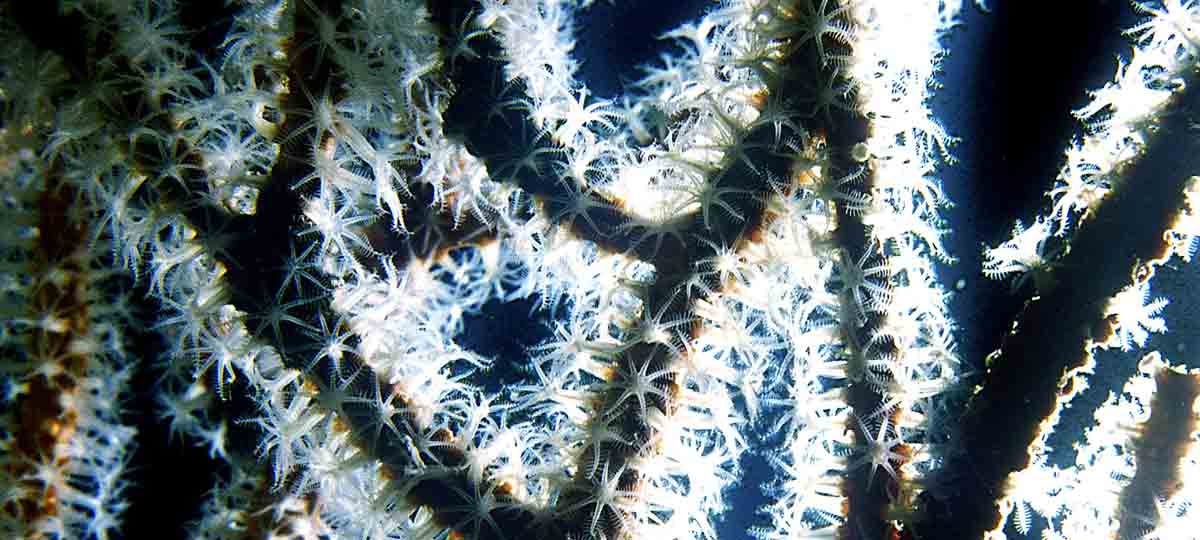Author / Editor: Manuel González, Pedro Liria, Juan Amate, Jaime Domínguez andMaría C. Uyarra
Year: 2012
Content: Based on a detailed analysis of the regional and global variability ranges in the existing estimates of the theoretical potential of marine energy, a simple classification for the energy potential of currents, tides and waves is proposed. In the classification of the energy potential of currents, only “high potential” sites (i.e. peak currents > 2.5 m.s-1) and “very high potential” sites (i.e peak current > 4 m.s-1) are considered, taking into account the existing technology, as suitable sites for the installation of turbines and capture of energy. Regarding the energy potential of tides, only potential energy (versus kinetic) is considered; the classification of tides follows the classical oceanographic classification (i.e. microtidal, low mesotidal, high mesotidal, low macrotidal and high macrotidal), with the macrotidal range (i.e. tidal range > 5.5 m) being suitable for energy production. The classification of the energy potential of waves is based on an energy criteria; the annual average wave power flux. Based on this criteria most of the Spanish Mediterranean coast would be classified as having “low potential” (i.e. <5 kW.m-1), the Canary Islands and the Gulf of Cadiz as having “medium potential” (i.e. between 5 and 15 kW.m-1) and the Cantabrian and Galician coast as being “high potential” sites (i.e. between 15 and 45 kW.m-1). Other sites with annual average wave power flux higher than 45 kW.m-1, (e.g., Australia, South Africa, Ireland, etc.), would be classified as “very high potential” sites.
Contact: biblioteca@azti.es
Download document: RIM19_4 (2.89 MB)


